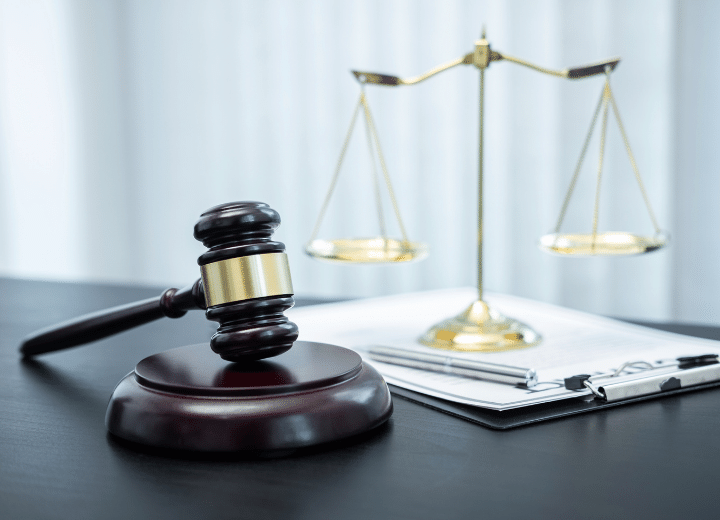What Happens After My Lawyer Sends a Demand Letter
When you’ve been wronged or injured and you seek the help of a legal professional, one of the first steps they may take is drafting and sending a demand letter to the opposing party. This document outlines your grievances, the basis of your claim, and the compensation you’re seeking. But what happens after it lands in the hands of the person or entity that has wronged you? In this article, we explore the possible scenarios that unfold post-demand letter.
Understanding The Demand Letter
Before diving into what comes after, it’s important to understand what a demand letter is. It’s a formal document—usually drafted by your attorney—that sets forth your case’s facts, details the damage or injury you’ve sustained, and states the amount of compensation you’re requesting. It also serves as an invitation for the other party to negotiate a settlement before potentially going to court.
Immediate Aftermath of Sending a Demand Letter
Upon receipt of a demand letter, several things can occur. Here’s a breakdown of those immediate possible responses:
| Potential Response | Explanation |
|---|---|
| Payment | The opposing party agrees to your terms and decides to pay the demand in full. |
| Counteroffer | The recipient makes a counteroffer, suggesting they pay less than what you have requested, thus beginning settlement negotiations. |
| Response Letter | The opposing party may issue a formal response disputing your claims and declining to meet your demands. |
| No Response | In some instances, the opposing party may choose not to respond to the demand letter at all. |
Settlement Negotiations
If the opposing party does not agree to the full amount but makes a counteroffer, settlement negotiations may ensue. Here’s what the negotiation phase may look like:
- Initial Discussions: The back-and-forth between your attorney and the other party will begin, with each side presenting their strongest arguments.
- Revised Offers: Each party may revise their figures in attempts to reach a common ground.
- Mediation: If direct negotiations stall, a mediator might be called in to help reach a settlement.
The Possibility of No Response
If the other side chooses not to respond to the demand letter within the stipulated timeframe, it can lead to further legal action. Your attorney may advise you to:
- Send a follow-up letter emphasizing the seriousness of the matter.
- File a lawsuit to legally compel a response and action from the opposing party.
Proceeding To Trial
If negotiations fail or the opposing party refuses to provide a fair settlement, the next step may be to proceed to trial. Here’s what that entails:
- Filing a Complaint: Your attorney files a formal lawsuit in the appropriate court.
- Discovery: Both sides exchange information through depositions, requests for documents, and interrogatories.
- Pre-Trial Motions: Attorneys may file motions to resolve or narrow the issues before trial.
- Trial: The case is presented before a judge or jury, who will make a final determination on the outcome.
Frequently Asked Questions On What Happens After My Lawyer Sends A Demand Letter
What Is A Demand Letter?
A demand letter is a formal written request for payment or action from another party, often used to settle legal disputes before going to court.
How Long To Settle After Demand Letter?
The settlement time after a demand letter can vary, typically ranging from a few weeks to several months, depending on the case complexity and parties’ willingness to negotiate.
Is A Response To A Demand Letter Required?
Legally, there’s no obligation to respond to a demand letter, but failing to do so can lead to a lawsuit, and it’s usually in both parties’ interest to engage in negotiations.
What Follows After Sending A Demand Letter?
After sending a demand letter, the recipient may pay, respond with a counteroffer, negotiate, or refuse to take action, which might lead to the filing of a lawsuit.
Conclusion
The days and weeks following the issuance of a demand letter can be a time of uncertainty and anticipation. Understanding the potential steps and outcomes can help you stay informed and prepared for the road ahead. Though each case is unique, knowing the general process can alleviate some of the stress as you await a resolution to your legal matter.
Should the situation progress to trial, it is crucial to have an experienced lawyer to navigate the complexities of the legal system. But in many cases, settlements are reached without ever having to step foot in a courtroom, sparing both parties the time and expense of a trial. Regardless of the path your case takes, the role of the demand letter as a stepping stone toward resolution remains central in the pursuit of justice.






Post Comment